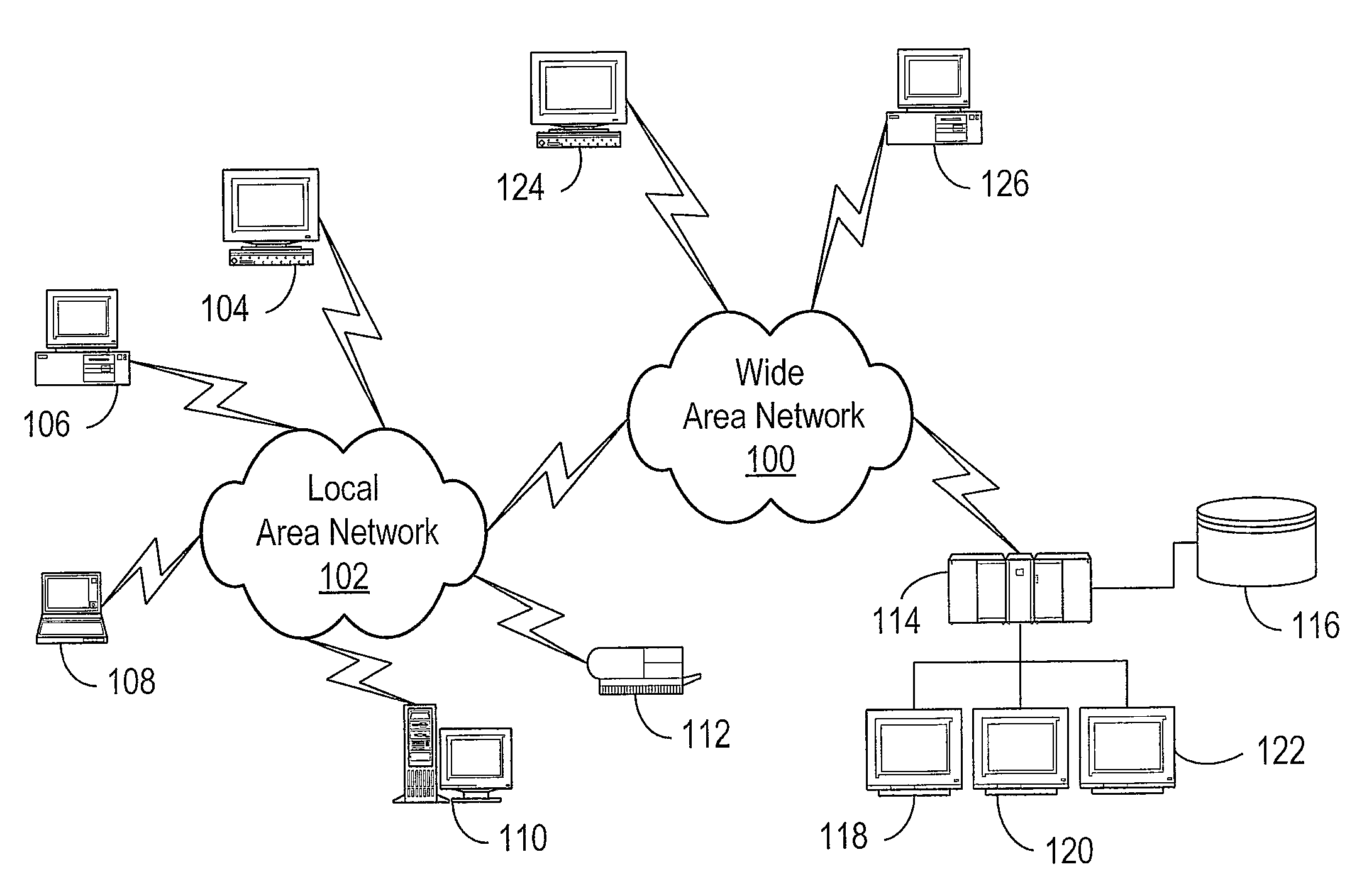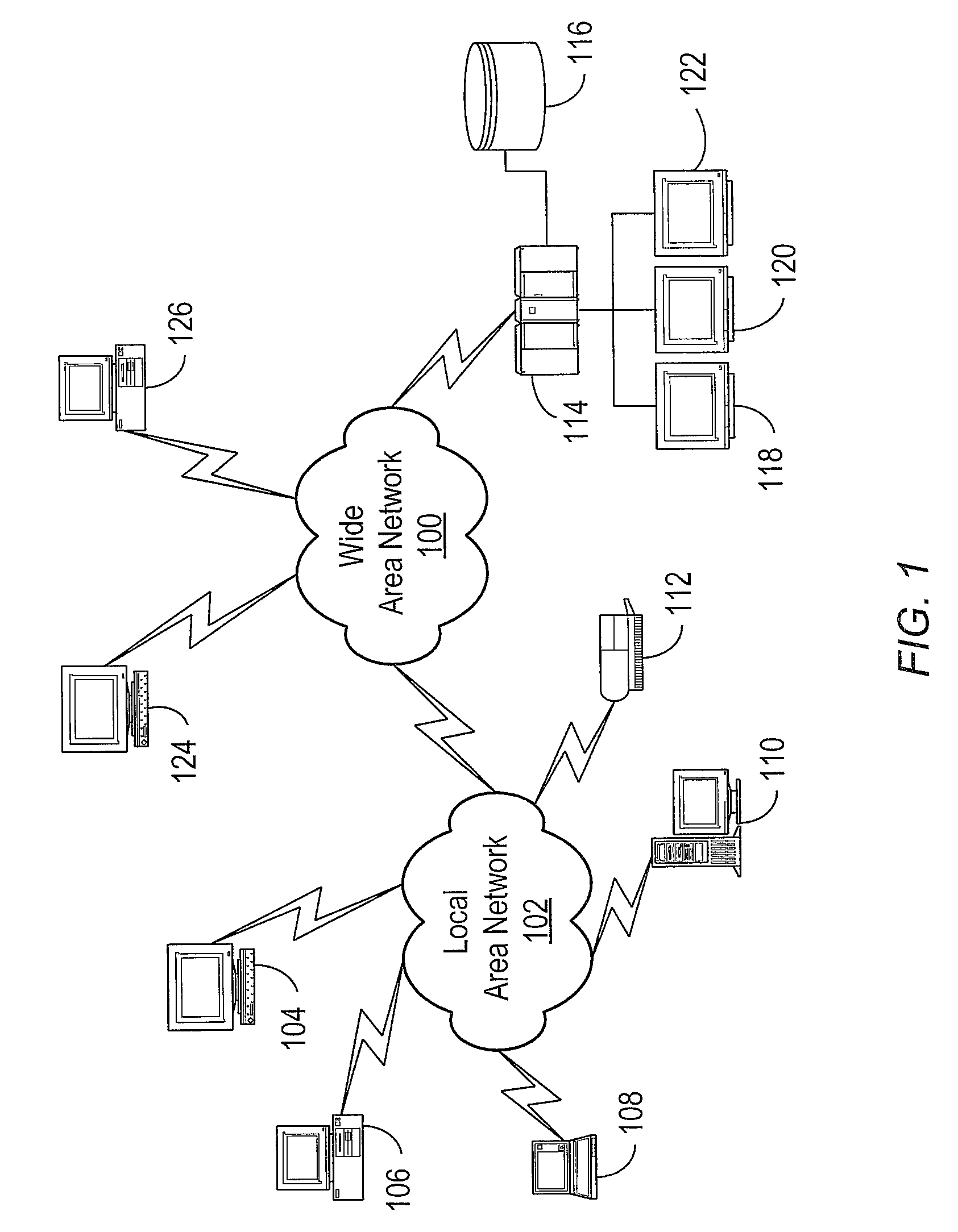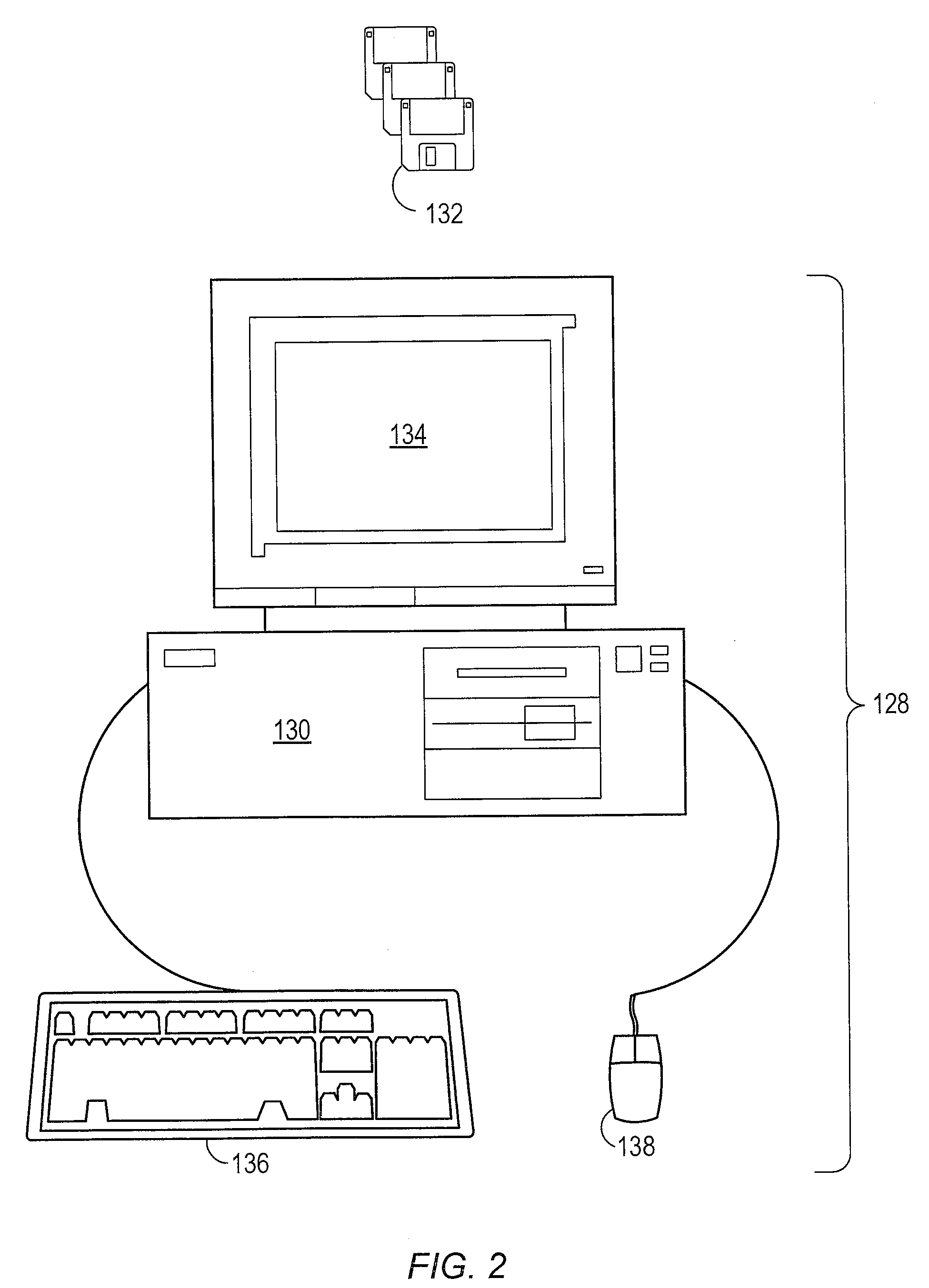Method and system for image processing and assessment of blockages of heart blood vessels
a blood vessel and image processing technology, applied in the field of methods and systems for assessing blood vessel blockages in tubular structures or lumens, can solve the problems of soft plaque, a particular high risk of coronary events, and poor level of detection of the different types of plaque in relation to the surrounding tissu
- Summary
- Abstract
- Description
- Claims
- Application Information
AI Technical Summary
Benefits of technology
Problems solved by technology
Method used
Image
Examples
Embodiment Construction
[0068]It is to be understood the present invention is not limited to particular devices or biological systems, which may, of course, vary. It is also to be understood that the terminology used herein is for the purpose of describing particular embodiments only, and is not intended to be limiting. As used in this specification and the appended claims, the singular forms “a”, “an”, and “the” include singular and plural referents unless the content clearly dictates otherwise. Thus, for example, reference to “a computer system” includes one or more computer systems.
DEFINITIONS
[0069]Unless defined otherwise, all technical and scientific terms used herein have the same meaning as commonly understood by one of ordinary skill in the art.
[0070]The term “blockage,” as used herein, generally refers to obstructing something (e.g., a lumen) by placing obstacles (e.g., calcium) in the way, a lumen may not be totally obstructed, but may merely be restricted.
[0071]The term “contrast agent,” as used...
PUM
 Login to View More
Login to View More Abstract
Description
Claims
Application Information
 Login to View More
Login to View More - R&D
- Intellectual Property
- Life Sciences
- Materials
- Tech Scout
- Unparalleled Data Quality
- Higher Quality Content
- 60% Fewer Hallucinations
Browse by: Latest US Patents, China's latest patents, Technical Efficacy Thesaurus, Application Domain, Technology Topic, Popular Technical Reports.
© 2025 PatSnap. All rights reserved.Legal|Privacy policy|Modern Slavery Act Transparency Statement|Sitemap|About US| Contact US: help@patsnap.com



